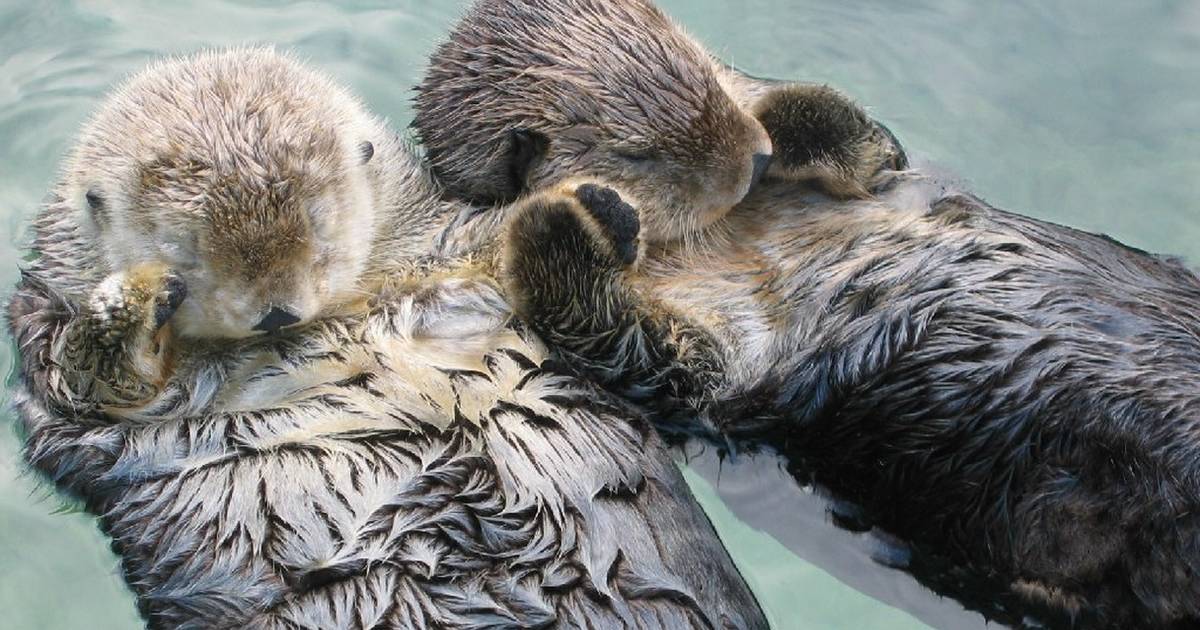A good sleeping position aims to align this body structure naturally.
The spine
This general process happens in your body during sleep, allowing muscles and tissues to ________.
Repair
This practice involves going to bed and waking up at the same time every day, even on weekends.
Maintaining a consistent schedule.
The ideal sleep environment consist of these 3 things.
Dark, cool, and quiet.
This very tall mammal needs less than two hours of sleep per day, often taking brief naps of only 5 to 10 minutes.
Giraffe
People who sleep on their back and experience lower back pain are often advised to place a pillow under this body part.
Knee
Sleep helps control this system by regulating hormones like insulin, ensuring your body properly manages blood sugar.
Metabolic
Avoid stimulating substances after this hour helps with sleep.
3pm
Adjusting your room temperature in this range helps with sleep.
18-22 degree Celsius
To avoid drifting apart in the ocean while sleeping, these marine mammals often hold hands.
Sea Otters
This is the least recommended sleep position, as it forces the neck to twist and can lead to stiffness and tension headaches.
Sleeping on your stomach
This system of the body help fight off illness and infection, is strengthened during sleep.
Immune system
30 minutes of exposure to this light source can help with sleep at night.
Sunlight
Name one scent that can help you feel more relaxed before sleeping.
Lavender, chamomile, cedar
This Australian animal is known to snooze for up to 22 hours a day.
Koala
When sleeping on your side, this key joint should be kept stacked directly over the other, ideally with the use of a pillow.
Hip
This category of advanced mental skills, which includes planning and decision-making, is impaired by both too little and too much sleep.
Executive function
Sarah gets into bed at 10:00 PM to relax. She spends the next hour scrolling social media and watching videos on her phone. When she finally tries to sleep at 11:00 PM, she feels wide awake.
What hormone is likely being suppressed by Sarah's habit?
Melatonin
Light affects this, which guides your sleep wake cycle.
Circadian rhythm
Name one animal that can sleep with only one half of their brain at a time.
Birds, eared seals, dolphins, whales
This condition, where stomach acid flows back into the esophagus, is often eased by elevating the head of the bed or sleeping on the left side.
Acid reflux
This curved, seahorse-shaped brain structure, vital for forming new memories, has a larger volume in individuals who sleep an optimal amount.
Hippocampus
Doing this regularly, but not right before you go to bed can help you sleep.
Exercise
Try to avoid exercising 3 hours before bed time. Exercising increases body temperature, increases heart rate and stimulates release of hormones that keep your body at high alert and energy levels.
Chris's roommate is a night owl who is often playing video games or talking on the phone right outside Chris's door until 1 AM. Chris is constantly woken up by sudden noises.
Name 3 strategies that Chris could use to get a good night's sleep.
Earplugs, white noise machine, talk to the roommate about respectful behaviours.
This mammal holds the record for the highest percentage of total sleep time spent in the dream-heavy REM stage, averaging about 8 hours a day in that state alone.
Platypus
